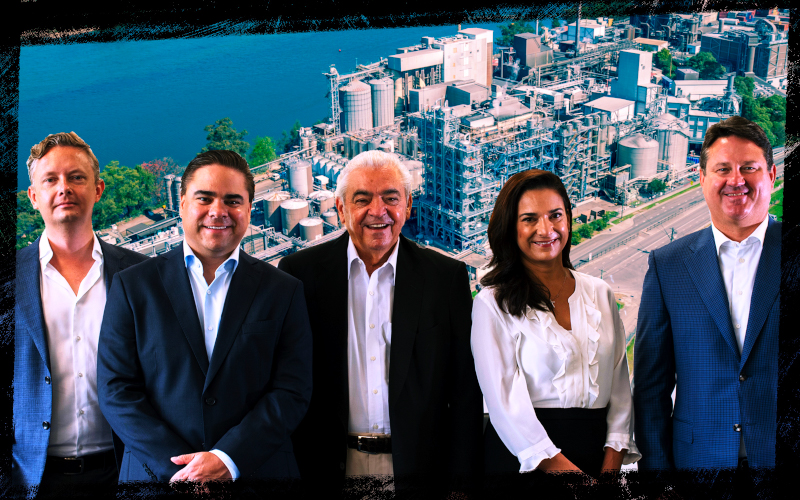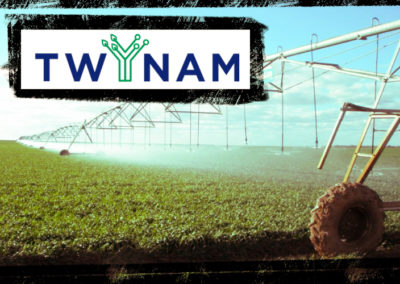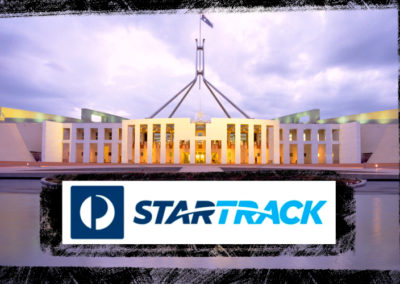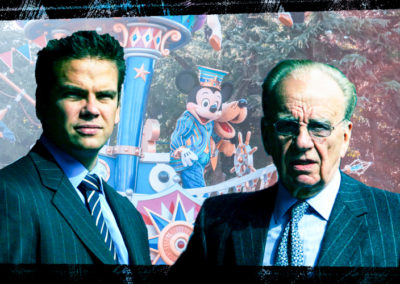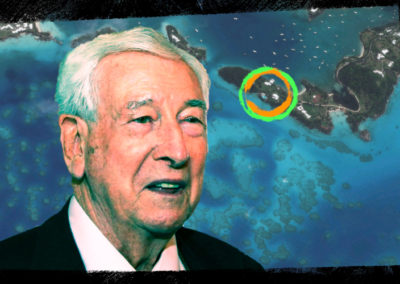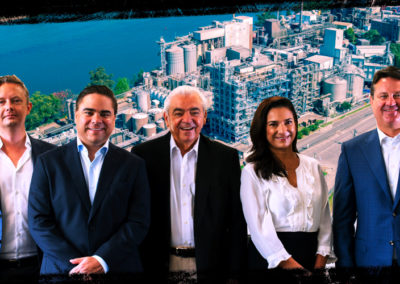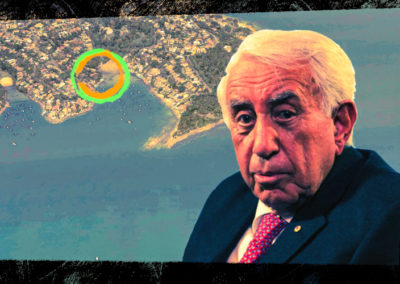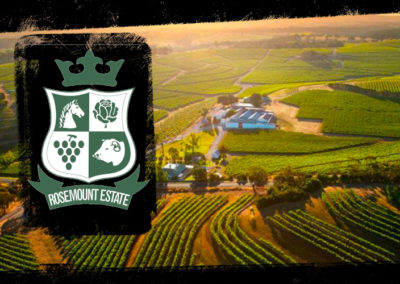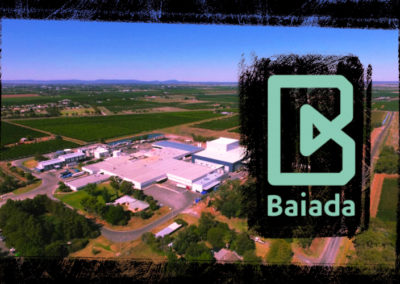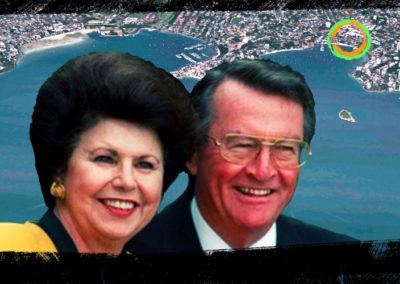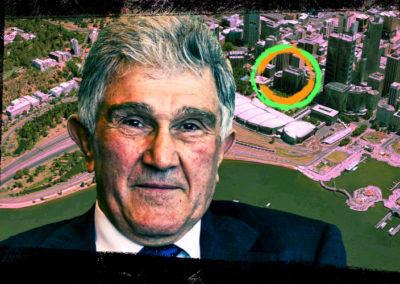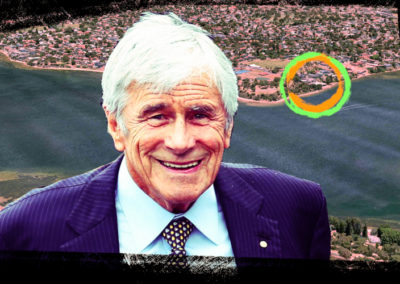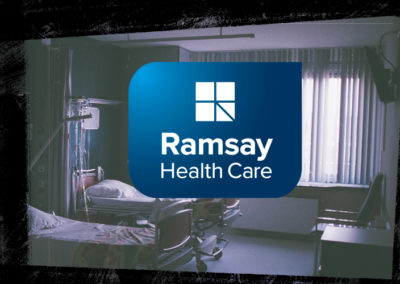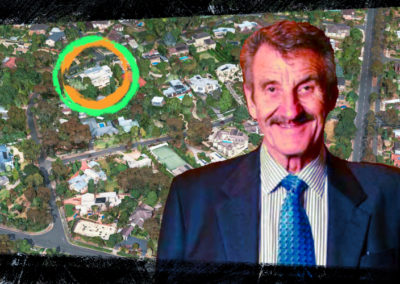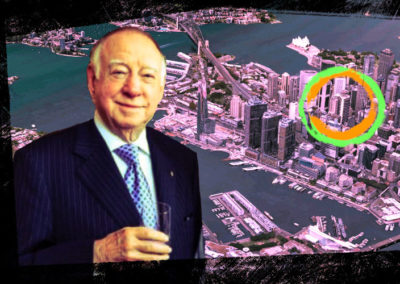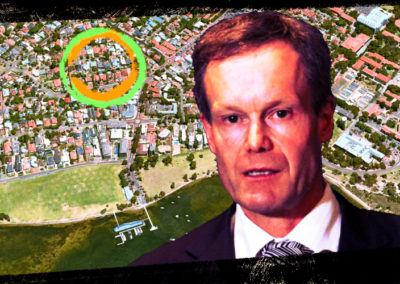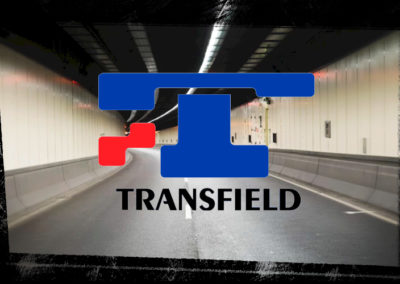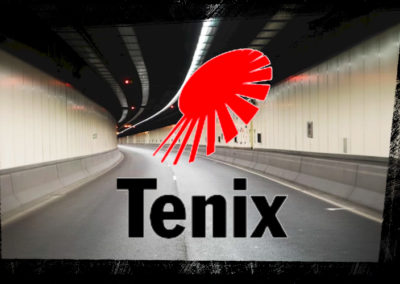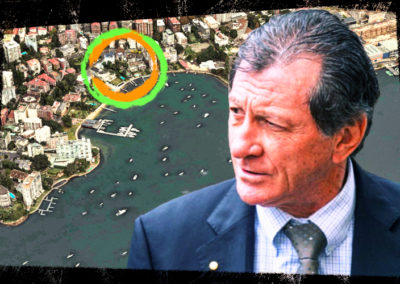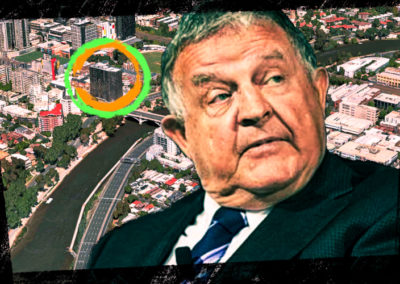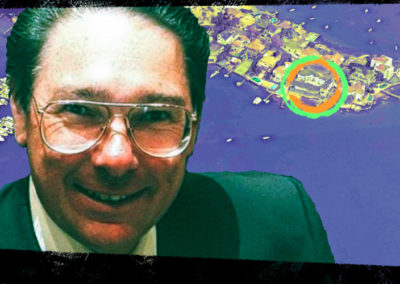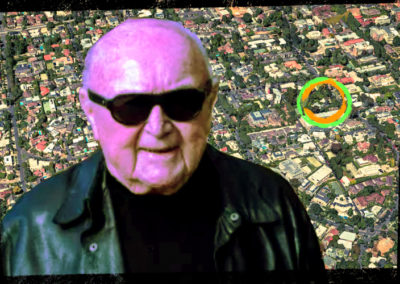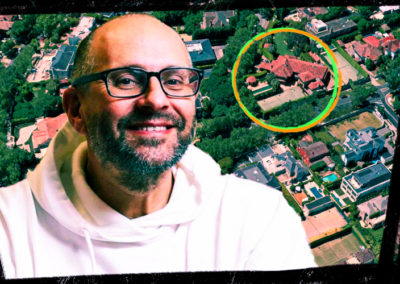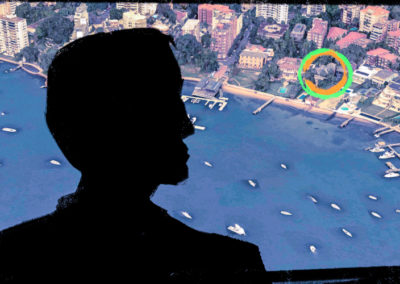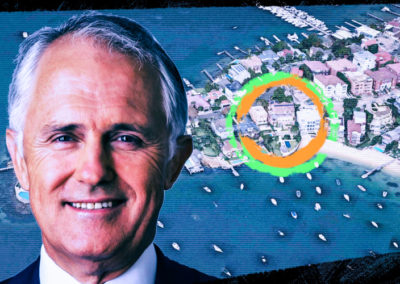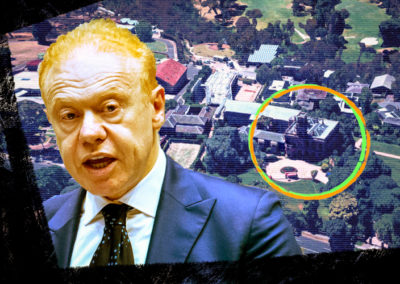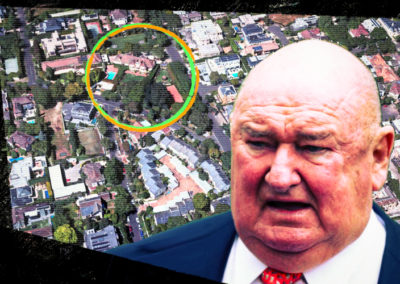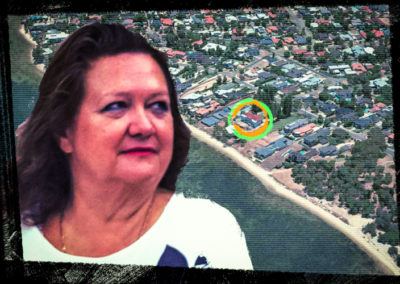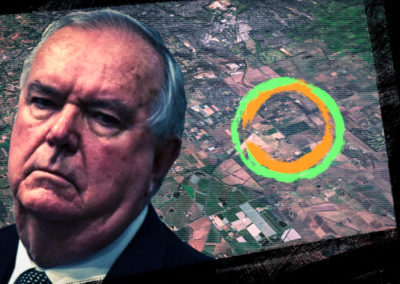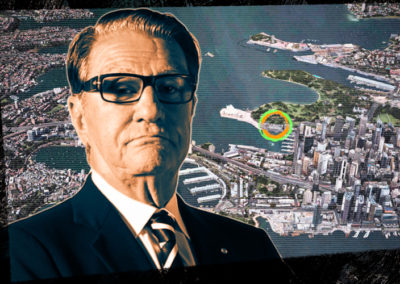Perhaps the Secret Rich List’s largest political donors behind Anthony Pratt, the Honan family owns one of Australia’s most lucrative agribusinesses, Manildra Group. They control three Dark Companies which are exempt from lodging financial accounts with ASIC.
| Top 200 Rich List (2020) | No. of Dark Companies: 3 | Political Donations since FY 1998-99 |
|---|---|---|
| Rank: 95 | Cajosa Pty Ltd | Labor Party: $2,303,272 |
| Wealth: $1.08b | Honan Holdings Pty Ltd | Coalition: $3,364,649 |
| Wealth (2019): $905m | Dick Honan Pty Ltd | Independent: $112,020 |
| YoY wealth change: 19.4% | Total: $5,779,941 |
The Manildra Group was born out of the Honan family’s purchase of a flour mill by Jack Honan in Manildra, a regional town in central-west NSW in 1952. Almost 70 years later, the Honans continue to control the privately-owned agribusiness, with billionaire Dick Honan acting as chairman and his children John, Caroline and Samantha all sitting on the executive board.
Manufacturing of Manildra’s various products ranges from flour, wheat, gluten, sugar, beef and ethanol and is conducted throughout their eight facilities across Australia. They export their food and industrial products to every continent on the planet.
The facilities include the original flour mill purchased in 1952 and Shoalhaven Starches (pictured above) located in Nowra on the NSW South Coast. It is the largest wheat starch and gluten plant in the world and also operates an ethanol distillery.
The Group also runs operations in the US established in 1974. There they manage a bakery, frozen goods and industrial plant in Iowa and a product development research centre in Kansas.
Cajosa Pty Ltd, a Dark Company, is the ultimate parent of the agribusiness empire (formally called Manildra Milling). This means that all operations and acquisitions conducted by Manildra nationwide, as well as all of its related entities, are controlled by a Dark Company. In addition, all of the Group’s subsidiaries are considered small proprietary companies as their financial accounts are not available on ASIC (see explainer below). Thus, there are no financial accounts within this multinational that are accessible to the public.
Manildra’s focus is said to be on regional development, employing over 1,000 people in rural Australia. They also run the Manildra Foundation which supports many of these communities. Yet the Group has been accused of hurting business for regional wheat farmers when they commenced large-scale imports of Canadian wheat in 2019.
John Honan used the poor harvests from grain growers throughout 2017 and 2018 in the drought-stricken regional areas of Australia’s eastern states to justify the foreign trade.
Not only do the imports pose a biosecurity risk, but they also have the potential to “put a ceiling on local prices in times of drought when growers relied on higher premiums to make up for production shortfalls.”
The Honan’s Canadian imports which included a 57,000-tonne shipment were approved in May 2019 by the federal government’s Department of Agriculture and Water Resources (DAWR). This sanction “marked the first time in more than a decade bulk wheat imports have been allowed in Australia.”
The DAWR insisted the import was conducted under strict biosecurity protocol yet it does not mask the fact that the beneficiaries of the agreement have donated over $5 million to the major political parties since 1998. Worth noting is that 89% of Manildra’s ‘independent’ donations have gone to Katter’s Australia Party (KAP).
Donations of this magnitude have drawn correlations such as the Group’s benefiting from a $200 million regional jobs program issued by the Coalition after the 2016 federal election. The Australian National Audit Office found “substantial administrative shortcomings” in the package such as “Ministers [declining] to fund 28% of grant applications recommended to them by officials and approved 17% of applications that had not been recommended”. One such recipient was Manildra Group’s Shoalhaven Starches Pty Ltd which won a $2.95 million grant to help fund its $13 million export distribution hub project in 2018.
A more famous example is the Howard government’s $30.8 million taxpayer subsidy paid to Dick Honan in 2002 for producing ethanol to be blended into petrol. On top of this, there was an additional “$10 million of ‘short-term assistance’ to the ‘ethanol industry’, that is, Dick Honan, maker of 96 per cent of all local ethanol.” The government declared the payments were subject to the amount of ethanol the Group paid in excise. It thus “overcomes any cash flow problems for Honan in meeting the excise before Manildra pockets the subsidy.” Manildra Group wrote 16 cheques to the Coalition in the 14 months leading up to the cabinet’s decision on the ethanol-petrol scheme.
ATO tax transparency data shows Honan Holdings Pty Ltd, a Dark Company, declared an income of $7.2 billion between financial years 2013/14 to 2018/19. Over this time, their tax payable was $60.7 million, representing 38% of their taxable income. However, taxable income for the six years was $158.3 million, just 2.1% of their total revenue. In the financial year 2016/17, taxable income and tax payable was $0.
Staff writers who have worked on one or more of our special investigative projects include Zacharias Zsumer (War Powers), Stephanie Tran, Tasha May and Luke Stacey.
